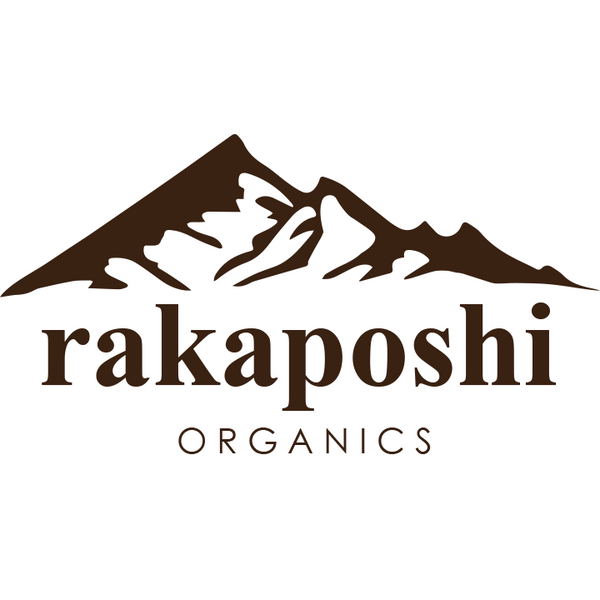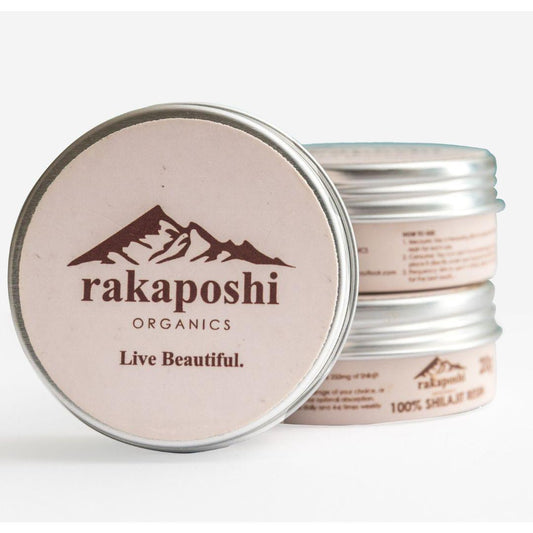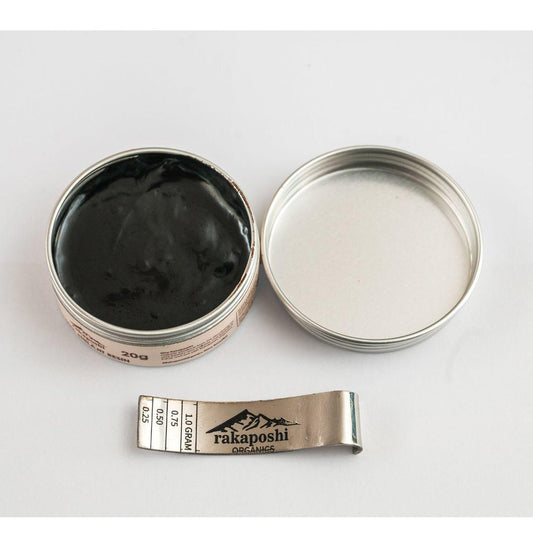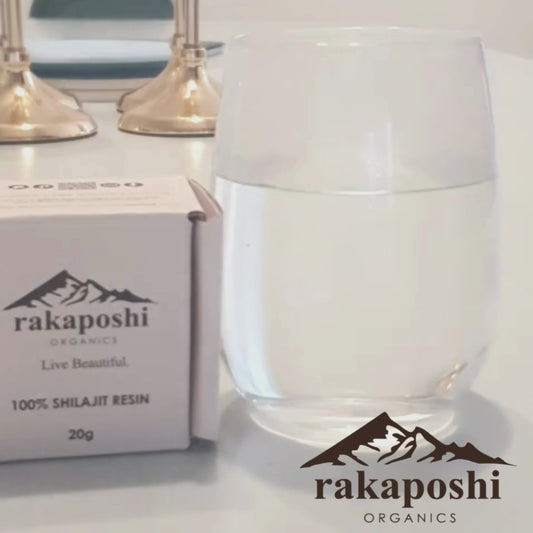
年齢を問わず筋肉と筋力を回復する: 強さへの永遠の道
共有
加齢、病気、運動不足など、原因を問わず筋肉の喪失は生活の質に重大な影響を及ぼします。筋肉が弱まると、運動能力が低下し、転倒のリスクが高まり、全体的な健康状態が悪化します。しかし、筋肉と筋力の回復は年齢を問わず可能です。的を絞ったエクササイズ、適切な栄養、精神的回復力、シラジットなどの総合的なサプリメントを適切に組み合わせることで、筋肉量を効果的に回復し、維持して長期的な健康を維持することができます。この記事では、特に高齢者や運動不足から回復している人のために、筋萎縮と闘い、筋力を回復するための重要な戦略を探ります。
筋萎縮を理解する
筋萎縮とは、筋肉を使わないこと、病気、または老化により筋肉組織が失われることを指します。これは、ほとんどの人が認識しているよりも急速に進行する可能性があり、時には数日間活動しないだけで起こることもあります。たとえば、病気で寝たきりになったり、手術から回復している人は、短期間で筋肉が著しく失われることがあります。この急速な衰退は、特に回復期間中は、できるだけ活動的でいることの重要性を強調しています。
筋肉の萎縮には、身体活動の低下、栄養不足、自然な老化など、いくつかの要因が関係しています。筋肉は、運動やエクササイズで定期的に動かないと、衰え、縮み始めます。これは特に高齢者にとって懸念事項です。筋肉量は加齢とともに自然に減少するため、筋肉量の減少に迅速に対処することがさらに重要になります。
加齢による筋肉量への影響
年齢を重ねるにつれて、私たちの体はさまざまな変化を経験しますが、最も顕著な変化の 1 つは、筋肉量と筋力が徐々に低下することです。これはサルコペニアと呼ばれる症状です。サルコペニアは老化の自然な一部ですが、予防策を講じることでその影響を軽減できます。筋肉量の減少は見た目の問題だけではなく、全体的な健康に重大な影響を及ぼします。筋力の低下は、運動能力の低下、転倒リスクの上昇、自立の喪失につながる可能性があります。
サルコペニアは、ホルモンの変化、身体活動の低下、タンパク質摂取不足など、さまざまな要因に関連しています。さらに、高齢者によく見られる慢性炎症は、筋肉の減少を悪化させる可能性があります。幸いなことに、サルコペニアは避けられないものではありません。原因を理解し、早期に対策を講じることで、筋肉量を維持し、加齢とともに高い生活の質を維持することができます。
炎症と筋肉の回復
炎症は筋肉の健康に二重の役割を果たします。一方では、急性炎症は身体の治癒過程の自然な一部であり、損傷した組織を修復し、回復を促進します。たとえば、運動後、筋肉は修復して強くなるにつれて炎症を起こすことがあります。しかし、慢性炎症は、多くの場合、不適切な食生活、ストレス、または基礎疾患が原因であり、筋肉の再生を妨げ、筋肉のさらなる損失につながる可能性があります。
病気や怪我から回復している人にとって、炎症の管理は非常に重要です。これは、食生活の変更、ストレス管理、天然サプリメントの組み合わせによって達成できます。葉物野菜、ベリー類、脂肪の多い魚など、抗炎症食品を多く含む食事は、慢性的な炎症を軽減し、筋肉の回復を助けます。さらに、抗炎症作用で知られるシラジットなどのサプリメントは、回復計画に貴重な追加要素となります。
筋肉の再構築:効果的な戦略
筋肉と筋力を回復するには、多面的なアプローチが必要です。筋肉量を回復し、全体的な健康を改善するのに役立つ重要な戦略をいくつか紹介します。
- 運動:筋肉回復計画の基本は、定期的な運動です。筋力トレーニングは、筋肉量の回復に特に効果的です。まずは、抵抗バンド、自重トレーニング、軽いウェイトリフティングなど、筋力と柔軟性に重点を置いた低衝撃のエクササイズから始めてください。筋力が向上したら、徐々にトレーニングの強度と時間を増やしてください。継続が鍵です。少なくとも週に 2 ~ 3 回は筋力トレーニング エクササイズを行うようにしてください。
- 栄養:適切な栄養は筋肉の修復と成長に不可欠です。特にタンパク質は筋肉の再構築に欠かせない栄養素です。食事には、赤身の肉、卵、乳製品、豆やマメ科植物などの植物由来の食品など、高品質のタンパク質源を含めるようにしてください。さらに、ビタミン D やカルシウムなど、さまざまなビタミンやミネラルを摂取すると、筋肉の健康に役立ちます。抗炎症食品を取り入れると、回復をさらに促進できます。
- サプリメント:天然サプリメントは筋肉の回復と全体的な健康を促進します。ヒマラヤで発見された強力な樹脂であるシラジットは、フルボ酸と必須ミネラルが豊富です。アーユルヴェーダ医学では、エネルギーレベルの向上、炎症の軽減、全体的な健康の維持のために何世紀にもわたり使用されてきました。シラジットは、体力の向上、疲労の軽減、体の自然治癒プロセスのサポートに役立つため、筋肉萎縮からの回復に特に効果的です。
- 精神的回復力:身体の回復は身体だけでなく、精神も重要です。精神的回復力、粘り強さ、前向きな考え方は、あらゆる回復計画の重要な要素です。筋肉を再構築する道のりは、特に進歩が遅い場合は困難を伴うことがあります。挫折に直面しても、やる気と規律を保つことが重要です。強力なサポート体制を構築し、現実的な目標を設定し、小さな勝利を祝うことは、勢いを維持するのに役立ちます。
回復のための実践的なヒント
筋肉回復計画の効果を最大限に高めるには、次の実用的なヒントを考慮してください。
- ゆっくり始める:病気や運動不足から回復している場合は、ゆっくり始め、徐々に運動の強度を上げていくことが重要です。このアプローチは怪我を防ぎ、体が運動の要求に適応するのに役立ちます。
- テクニックに焦点を当てる:怪我を防ぎ、正しい筋肉群を効果的に鍛えるためには、適切なテクニックが不可欠です。自分のフォームに自信がない場合は、トレーナーや理学療法士に相談することを検討してください。
- 休息日を設ける:筋肉の再構築においては、休息は運動と同じくらい重要です。筋肉の回復と成長を促すために、トレーニング ルーチンに休息日を必ず組み込んでください。
- 水分補給を続ける:水分補給は見落とされがちですが、筋肉の回復には重要な役割を果たします。十分な水を飲むと、筋肉の機能を維持し、修復プロセスを助けます。
- 進捗状況の監視:トレーニング、栄養、全体的な進捗状況を追跡します。成果を監視することでモチベーションが上がり、ルーチンに必要な調整を加えることができます。
筋肉回復におけるシラジットの役割
シラジットは、筋肉の回復力を高めることができる強力な天然サプリメントです。ヒマラヤ山脈で見つかった分解された植物材料から抽出されたシラジットは、栄養素の吸収を高め、細胞機能を改善する能力があることで知られる化合物であるフルボ酸が豊富に含まれています。また、全体的な健康に不可欠な 80 種類以上のミネラルも含まれています。
筋肉の再構築を目指す人にとって、シラジットはいくつかの利点を提供します。
- エネルギーレベルの向上:シラジットは、身体の主なエネルギー源である ATP の生産を増加させます。このエネルギーの増加により、トレーニング中の身体能力と持久力が向上します。
- 炎症の軽減:シラジットの抗炎症作用は、効果的な筋肉回復に不可欠な慢性炎症の管理に役立ちます。
- 栄養素の吸収を強化:シラジットに含まれるフルボ酸は栄養素の吸収を改善し、摂取した食品やサプリメントの効果を最大限に引き出します。
- 骨の健康のサポート:シラジットは、全体的な強さを維持し、身体活動中の怪我を防ぐために不可欠な骨の健康もサポートします。
シラジットを回復計画に組み込むと、努力が自然に促進され、筋肉と体力の回復がより効果的に促進されます。
筋肉と筋力の回復は、適切なアプローチをとれば、どの年齢でも達成可能です。定期的な運動、適切な栄養、精神的回復力、シラジットなどの総合的なサプリメントに重点を置くことで、筋肉量を回復し維持し、より健康で活動的な生活を送ることができます。回復への道のりには忍耐と一貫性が必要ですが、筋力の向上、可動性の向上、全体的な健康の向上などの見返りは、努力する価値があります。
回復をサポートする天然サプリメントをお探しなら、当社のプレミアム ヒマラヤ シラジットを食事に加えることを検討してください。筋肉回復の目標を達成し、長期的な健康効果を享受できる強力なツールです。



